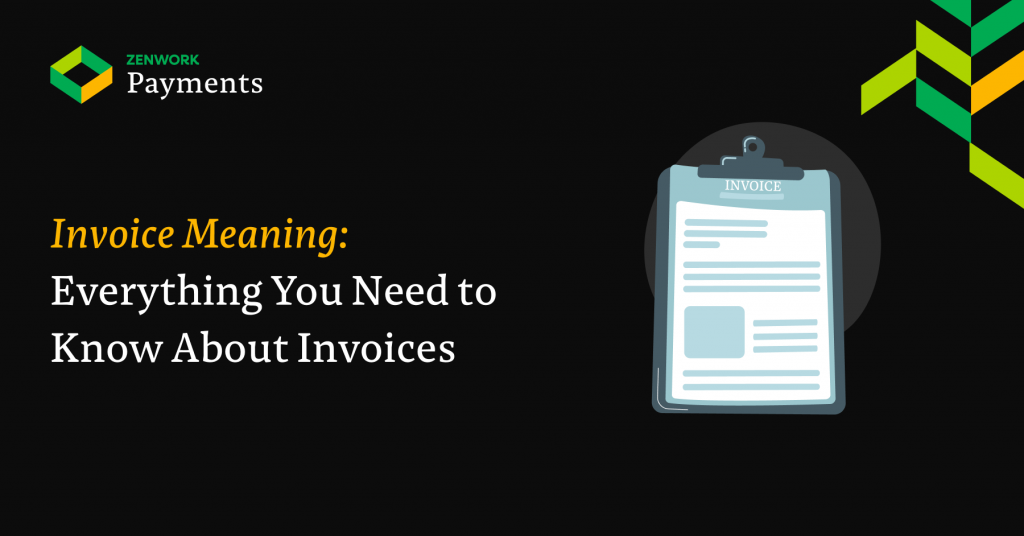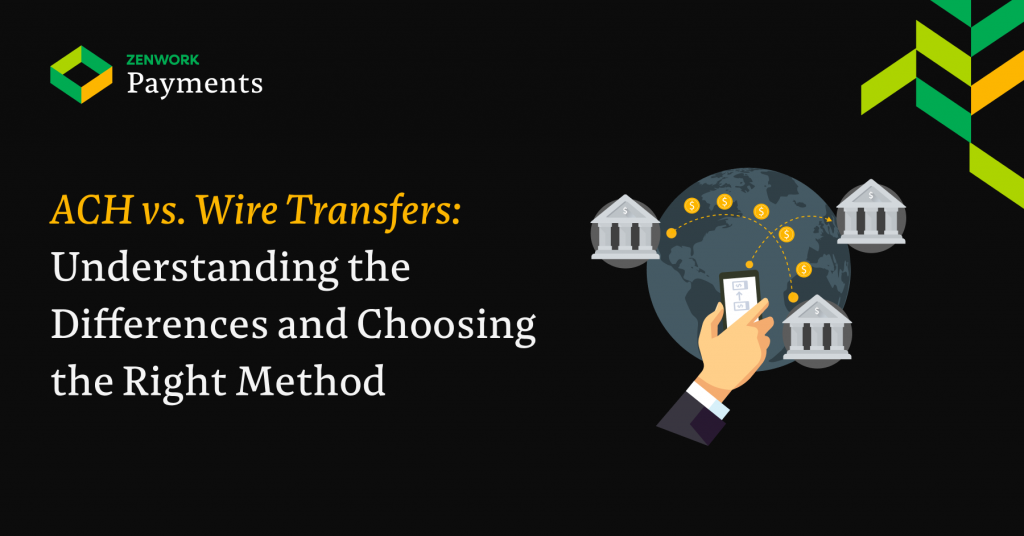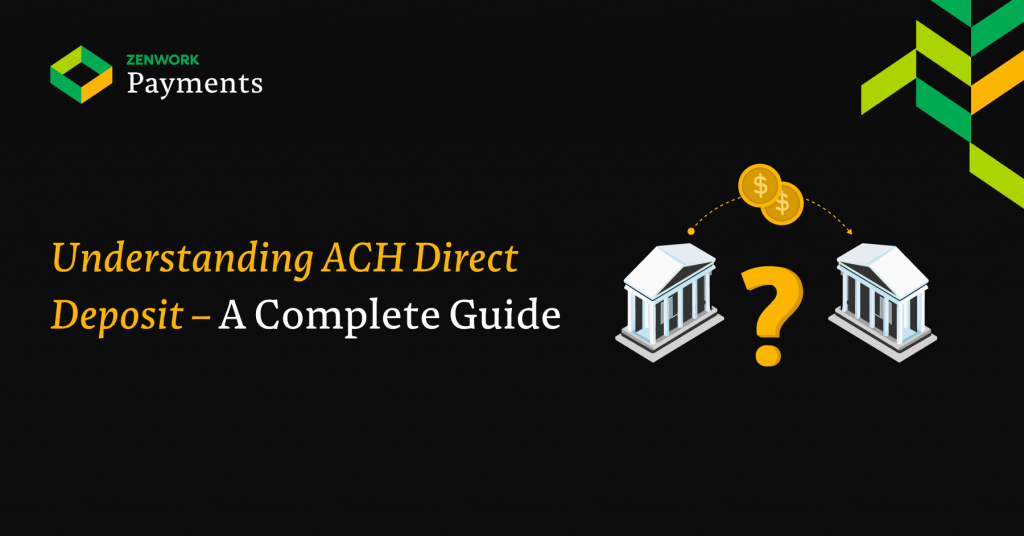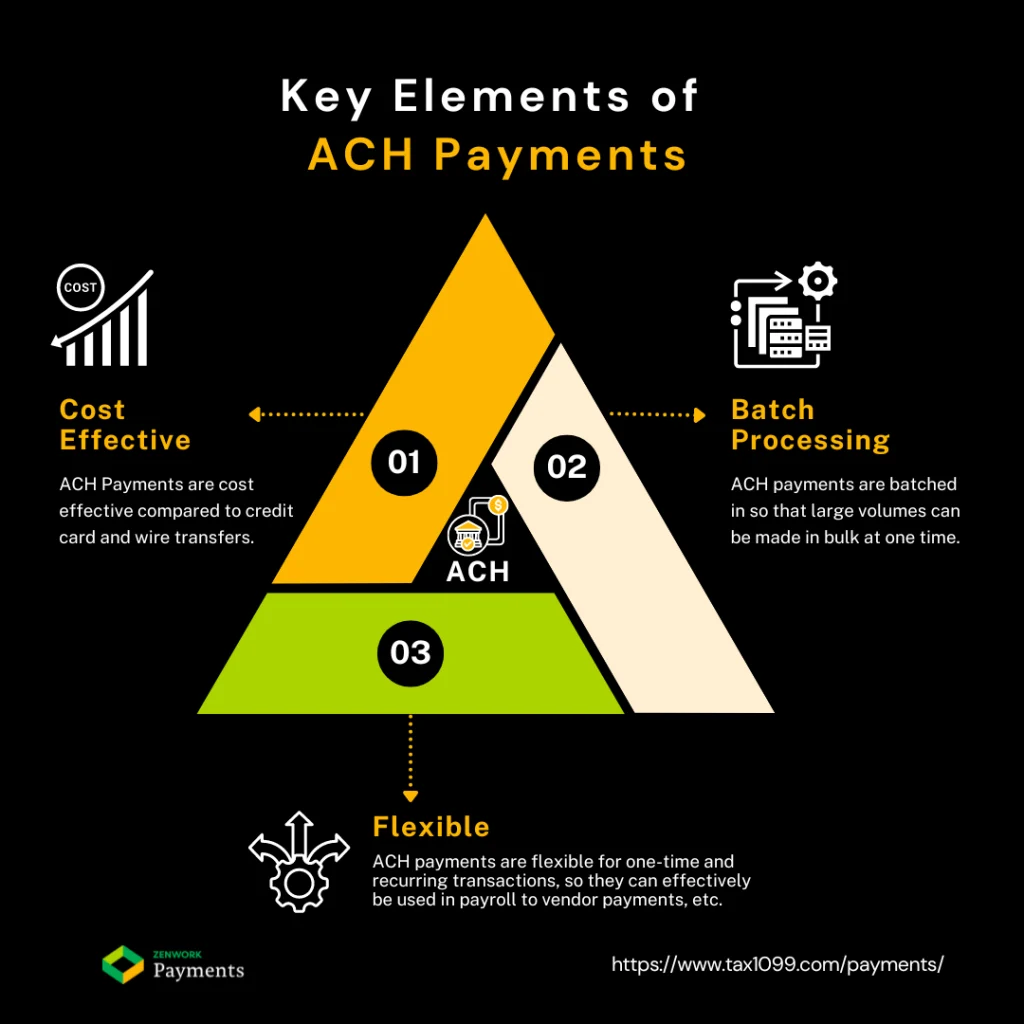
Invoices might sound boring, but they’re actually the backbone of how businesses and freelancers get paid. Think of an invoice like a detailed in-depth letter to money – it tells exactly who owes what, when, and for what services.
In this guide, we’re going to break down everything you need to know about invoices. We’ll cover:
- What exactly is an invoice?
- Why bills matter more than you might think
- How to create killer bill that get you paid fast
- Common mistakes to avoid
- Real-world examples that bring invoicing to life
Buckle up – this journey might just save you thousands of dollars and countless headaches!
What Is an Invoice? (Definition & Explanation)
An invoice is just a document a seller sends to a buyer to request payment for goods or services. Think of it as a detailed bill, but one that also serves as a legal record of the transaction.
Here’s what an invoice usually includes:
- The seller’s name and contact information
- The buyer’s name and contact information
- An invoice number (like an order number, but for billing)
- The date the invoice was created
- A breakdown of the products or services provided
- The total amount due
- Payment terms (e.g., “Due in 30 days” or “Due upon receipt”)
Invoice vs. Other Financial Documents
Lots of people get confused about different financial papers. Here’s a quick breakdown:
- Invoice: A request for payment BEFORE money is collected
- Receipt: Proof of payment AFTER money has been received
- Bill: Similar to an invoice, but often used for immediate payment (like utility bills)
Invoice Example
Sarah, a graphic designer, creates a logo for a local coffee shop. Her invoice might look like:
- Services: Logo design
- Hours worked: 10 hours
- Hourly rate: $75
- Total due: $750
- Payment terms: Net 30 days
- Invoice date: March 5, 2025
The Numbers Don’t Lie
According to a 2024 QuickBooks survey:
- 61% of small businesses struggle with late payments
- Businesses using digital invoicing get paid 2 weeks faster on average
- Companies that send professional, detailed bill reduce payment delays by 37%
Why Do Invoices Matter?
Invoices aren’t just pieces of paper (or emails) asking for money. They help businesses track revenue, manage cash flow, and stay tax compliant. If you’re a freelancer or a small business owner, sending clear, professional invoices ensures you get paid on time.
What Does an Invoice Look Like? (Structure & Key Components)
Picture an invoice like a detailed treasure map – but instead of leading to gold, it leads to getting paid! Every invoice is a carefully crafted document that tells the complete story of a transaction.
The Anatomy of a Perfect Invoice
Let’s break down what a professional invoice should look like. Think of it as the ID card for your business transaction.
Key Components Every Invoice Needs:
1) Business Header
- Your company name
- Contact information
- Company logo
- Business address
2) Client Information
- Client’s full name
- Company name
- Billing address
- Contact details
3) Invoice Specifics
- Unique invoice number
- Invoice date
- Payment due date
- Payment terms
4) Detailed Line Items
- Description of services/products
- Quantity
- Unit price
- Total price for each item
- Any applicable taxes
5) Financial Summary
- Subtotal
- Taxes
- Discounts
- Total amount due
A Real-World Invoice Breakdown
Imagine you’re selling custom furniture. When your client places an order, you send them an invoice that might look something like this:
Example Invoice:
| Invoice No. | Date | Due Date |
| 2024-001 | March 5, 2025 |
March 20, 2025 |
Billed To:
Client Name
Client Address
Description of Services:
Custom Wooden Table – $500
Delivery Fee – $50
Total Amount Due: $550
Payment Terms: Due in 15 days via bank transfer
A proper invoice should be clear and professional. It should answer every question a client might have about what they’re paying for, when they need to pay, and how to make the payment.
Types of Invoices (Detailed Examples & Use Cases)
Invoices are like the Swiss Army knives of financial documentation – each type serves a unique purpose. Let’s dive deep into the world of invoices and explore how different businesses use them to keep their financial engines running smoothly.
1. Customer Invoice: The Standard Bearer
What It Is: The bread and butter of business transactions.
Detailed Breakdown
- Comprehensive documentation of goods or services provided
- Includes complete pricing, tax details, and payment terms
- Used across virtually every industry
Real-World Scenarios
- A graphic design studio billing a client for a complete branding package
- A software company charging for annual licensing
- A construction firm invoicing for completed renovation work
Industry-Specific Examples
- Retail: Itemized list of products sold
- Service Businesses: Detailed breakdown of hours worked and services rendered
- Manufacturing: Comprehensive product and shipping details
________________________________________________________________________________________________________
Pro Tip: Always include
- Unique invoice number
- Detailed service/product description
- Individual item pricing
- Total amount due
- Payment deadline
________________________________________________________________________________________________________
2. Proforma Invoice: The Financial Preview
What It Is: A preliminary bill that acts like a financial crystal ball.
Key Characteristics:
- Provides estimated costs before final transaction
- Typically used in international trade
- Not a final bill, but a commitment of pricing
- Helps buyers understand potential expenses
Common Use Cases
- International shipping estimates
- Large project quotes
- Custom manufacturing orders
- Event planning proposals
Example Scenario: A custom furniture manufacturer creates a proforma invoice for a corporate client:
- Estimated wood costs
- Labor projections
- Potential design modifications
- Shipping and handling estimates
When to Use:
- Before finalizing large transactions
- When exact costs are still being determined
- For complex, multi-stage projects
3. Recurring Invoice: The Subscription Specialist
What It Is: Automated billing for ongoing services or subscriptions.
Detailed Insights:
- Automatically generated at set intervals
- Ensures consistent cash flow
- Reduces administrative work
- Perfect for predictable revenue streams
Ideal Industries
- Software as a Service (SaaS)
- Subscription box services
- Monthly consulting retainers
- Cloud storage providers
- Streaming platforms
- Gym memberships
Real-World Implementation: Netflix’s monthly billing model Spotify’s annual premium subscription Web hosting monthly charges
Benefits:
- Predictable revenue
- Reduced billing administration
- Improved customer retention
- Simplified accounting
4. Credit Invoice: The Financial Adjustment Tool
What It Is: A document that reduces the amount a client owes.
Typical Scenarios
- Product returns
- Service quality issues
- Pricing corrections
- Bulk order discounts
- Partial refunds
Example Situations
- A clothing retailer refunding a defective item
- A software company offering service credit for downtime
- A consulting firm adjusting billing after scope changes
Accounting Impact
- Reduces accounts receivable
- Maintains transparent financial records
- Builds customer trust through fair practices
5. Debit Invoice: Adding to the Bill
What It Is: An invoice that increases the amount owed.
Common Triggers:
- Additional services beyond original scope
- Rush order fees
- Extra materials used
- Unexpected project complexities
- Penalty clauses in contracts
Industry Examples:
- Construction: Additional materials or labor
- Consulting: Extended project hours
- Manufacturing: Custom design modifications
- Freelance: Scope creep charges
6. Electronic Invoices: The Digital Revolution
Emerging Trend: Digital-first invoicing solutions
Key Features:
- Instant delivery
- Easy tracking
- Integration with accounting software
- Reduced paper waste
- Faster payment processing
Technologies Driving Change:
- Cloud-based invoicing platforms
- Mobile invoice apps
- AI-powered billing systems
- Blockchain invoice verification
Shocking Industry Statistics
According to a 2024 Global Financial Trends Report:
- 68% of businesses now use digital invoicing
- Electronic invoices reduce processing costs by up to 60%
- Companies using automated invoicing get paid 15 days faster on average
Invoice Terminology: Common Terms & Definitions
Ever read an invoice and wondered what half the words mean? Here are a few common terms and what they mean:
- Invoice Number – A unique identifier for each invoice, helping with tracking.
- Invoice Date – The date the invoice is issued.
- Due Upon Receipt – The payment is expected immediately.
- Net 30 / Net 60 – The number of days a customer has to pay (Net 30 = pay within 30 days).
- Invoice Breakdown – A detailed list of charges on the invoice.
- Invoice and Statement – A statement summarizes multiple bills, while an invoice requests payment for a specific transaction.
If you’re a business owner, knowing these terms will make managing bills much easier and help you avoid payment delays.
How to Create an Invoice (Step-by-Step Guide)
Creating an invoice is easier than you think. Here’s a simple step-by-step guide:
- Choose an invoicing method – You can use a Word template, Excel, or accounting software like QuickBooks, FreshBooks, or Xero.
- Use an invoice template – Most invoicing tools have ready-made templates.
- Fill in the invoice details – Include the invoice number, date, your business info, and the client’s details.
- List the services or products provided – Be as clear as possible.
- Include payment details – Make it easy for the client to pay you (bank transfer, PayPal, credit card, etc.).
- Send the invoice – Email it to the client or use invoicing software to track payments.
If you run a busy business, automating invoicing can save you hours each month.
Best Practices for Invoicing and Getting Paid on Time
Want to avoid late payments? Follow these best practices:
- Set clear payment terms – State exactly when payment is due.
- Use online invoicing tools – Software like Bill.com or Zoho Invoice can send reminders.
- Offer multiple payment options – The easier it is to pay, the faster you’ll get your money.
- Follow up on unpaid bills – Send a polite reminder after the due date.
- Charge late fees – A small penalty for overdue payments encourages timely payments.
One small business owner reduced late payments by 60% just by adding a late fee policy to bills. A simple “A 5% late fee will be charged for payments overdue by more than 7 days” made a huge difference!
Frequently Asked Questions (FAQs) About Invoices
Q: What’s the difference between an invoice and a receipt?
A: An invoice requests payment. A receipt confirms payment was made.
Q: What should I do if a client refuses to pay an invoice?
A: Start with a friendly reminder. If that doesn’t work, consider legal action or using a collections agency.
Q: How do I make my invoices look professional?
A: Use invoicing software or a well-designed template with your business logo.
Conclusion
Invoices are more than just payment requests; they’re a critical part of running a successful business. If you understand how they work, what to include, and how to get paid faster, you’ll avoid a lot of financial headaches. Whether you’re a freelancer, small business owner, or finance professional, mastering invoicing is a must.
Need help automating your invoices? Consider using Zenwork AP automation software to streamline payments and reduce manual work.





